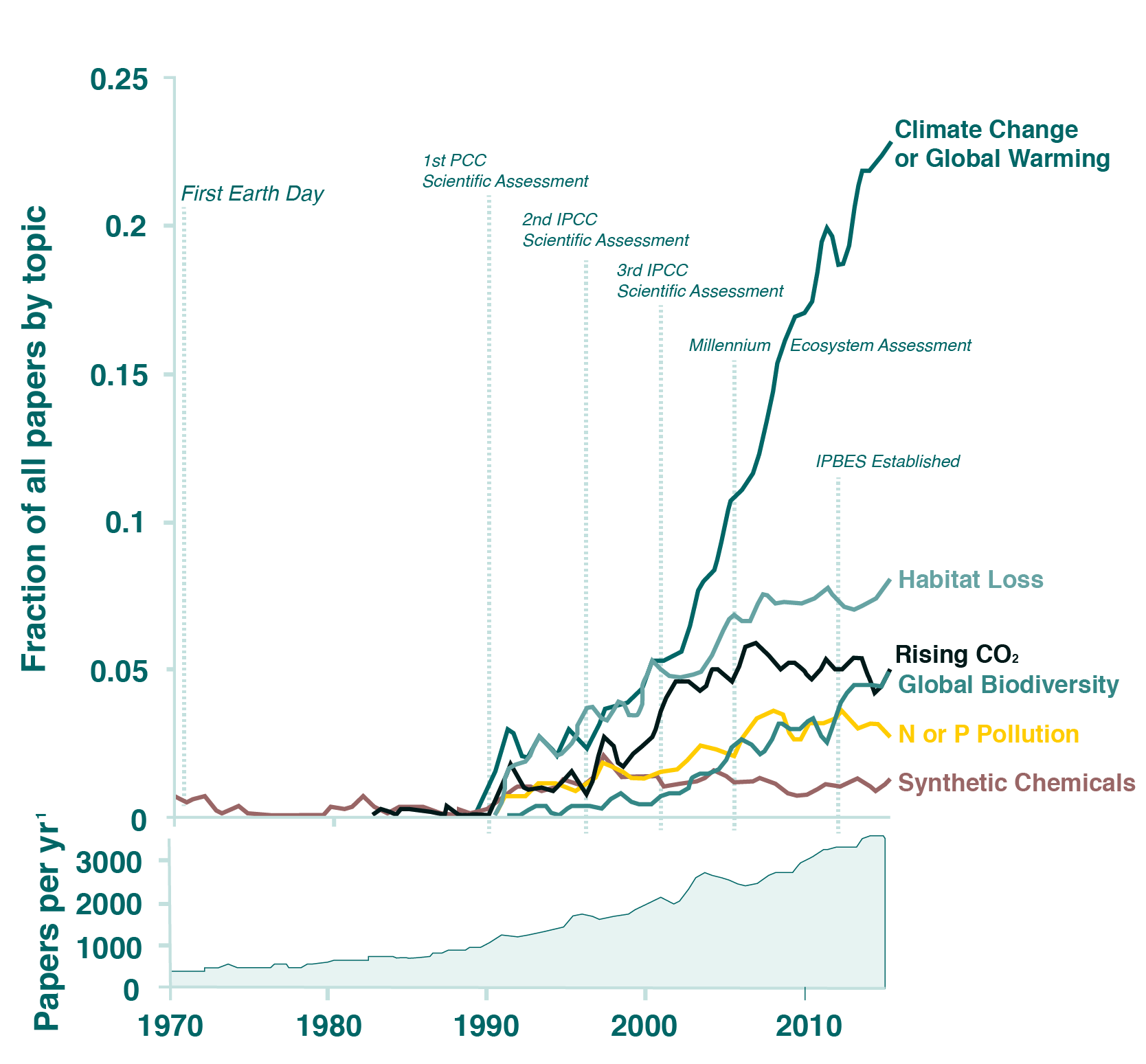“If we will not change the ways that we are living in the environment and the chemicals that we are exposed to, I am very worried about what will happen in the future… Eventually, we may have a problem with reproduction in general and it may be the extinction of the human species.”
Hagai Levin, Public Health Researcher at the Hebrew University of Jerusalem.
.
.
Sperm counts among men around the world have more than halved in the last 40 years, according to the results of nearly 200 peer-reviewed scientific investigations into male fertility across North America, Europe, Australia and New Zealand. 42,000 men across 50 countries saw their sperm count decline by 59.3% between 1973 and 2011, falling by an average 1.4% every year. This is a clear indication that male infertility around the world is increasing at an alarming rate. While civilization is nowhere near the brink of collapse from this unprecedented degradation of male fertility, we still have very little knowledge of the cause and its true consequences.
What we do know is that 10 million new chemicals compounds are unleashed every year and the vast majority of these have never undergone extensive testing before commercial release. This means that almost every aspect of modern life, from mobile phones, smoking, diet, and lifestyle, could be responsible for this decrease in male fertility. Nonstick chemicals such as perfluoroalkyl acids from pots, pans and baking gear are known to cause infertility. The same can be said for Bisphenol A (BPA), a synthetic chemical found in most canned foods, plastics and receipts, and synthetic pesticides, which frequently end up in tap water. Despite the exponential rise in the manufacturing and release of synthetic chemicals for use in agriculture, healthcare and energy production, there is little to no knowledge of their ecological impacts. The fact is that synthetic chemicals, ranging from synthetic pesticides to pharmaceuticals and industrial chemicals, leave long-term toxic legacies that ripple through ecosystems and the environment.
.
 Source: Cary Institute of Ecosystem Studies (2017)
Source: Cary Institute of Ecosystem Studies (2017)
The rise of synthetic chemicals is becoming a profound agent of global change, outpacing the rise in atmospheric CO2 concentration over the last 45 years. Despite this, less than 2% of scientific investigations focus on these synthetic chemicals, creating a significant disconnect between real-world needs and scientific focus. This lack of knowledge about how synthetic chemicals alter ecological processes represents a critical blind spot in the rapidly developing field of global ecology.
This is particularly relevant for synthetic pesticides, the use of which is leveling off in regions of the world where regulation is increasing but still skyrocketing in much of the developing world. Glyphosate, atrazine, DDT and carbofuran are some of the many synthetic pesticides being produced in massive quantities and inevitably end up in the world’s oceans, waterways, soils and food chains. What’s worse is that many of these synthetic chemicals are wreaking have on global health, causing catastrophic impacts. An estimated 250,000 people die every single year from acute (synthetic) pesticide poisoning and another 40 million experience severe health issues as a direct result of exposure. Synthetic pesticides also play a primary role in the decline of male fertility. These poisons have been found to damage the male reproductive system in a number of ways. Causing reproductive toxicity, synthetic pesticides can change the structure of DNA and disrupt neurotransmitters associated with arousal. Acting like hormones in the endocrine system, they can also significantly decrease testosterone concentration.
 Source: Cary Institute of Ecosystem Studies (2017)
Source: Cary Institute of Ecosystem Studies (2017)
For too long we have lived in a society whereby synthetic chemicals have been fundamental in supporting human development. We now realize that there is insufficient information available to evaluate their true environmental impact around the world. Many argue that the solution is to accelerate synthetic chemical research by mobilizing increased efforts to assess long-term chemical pollution. This search for knowledge is only the first step, one that is making great headway with increasing regulation and the unprecedented popularity of organic and residue-free products. Consumers are now demanding transparency across industries and once the dangers of synthetics are widely known and understood, natural resources such as neem will become mainstream.
.
The Tree of the 21st Century